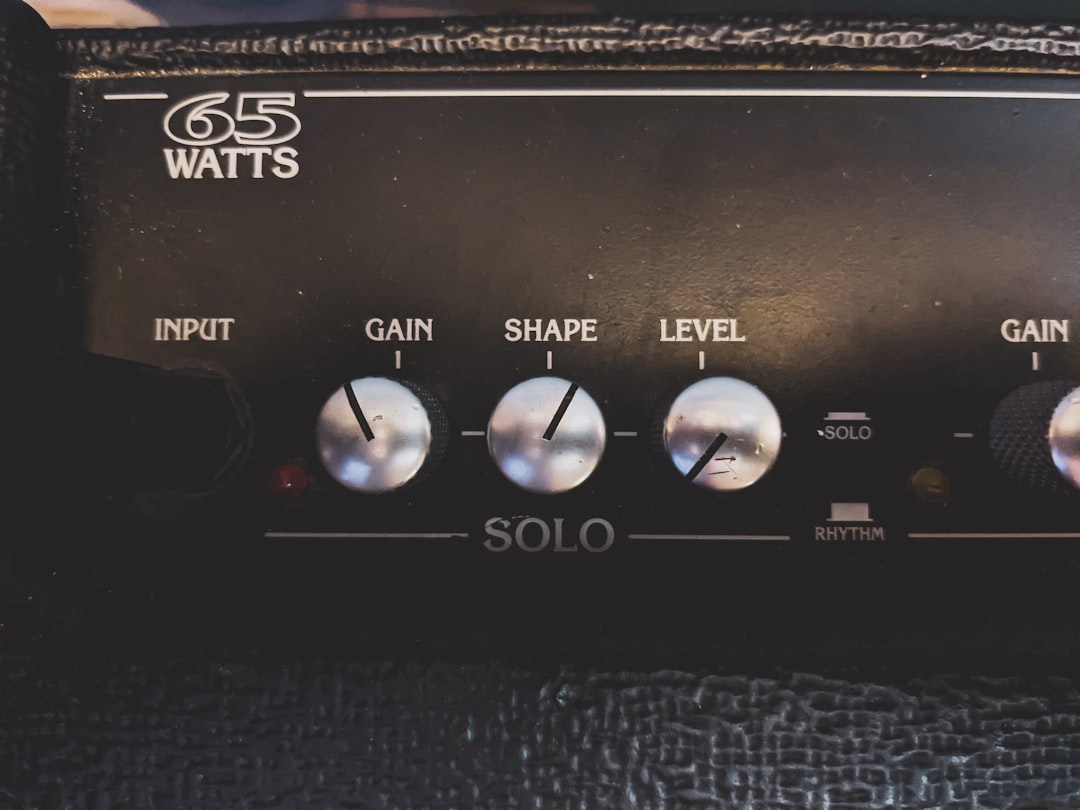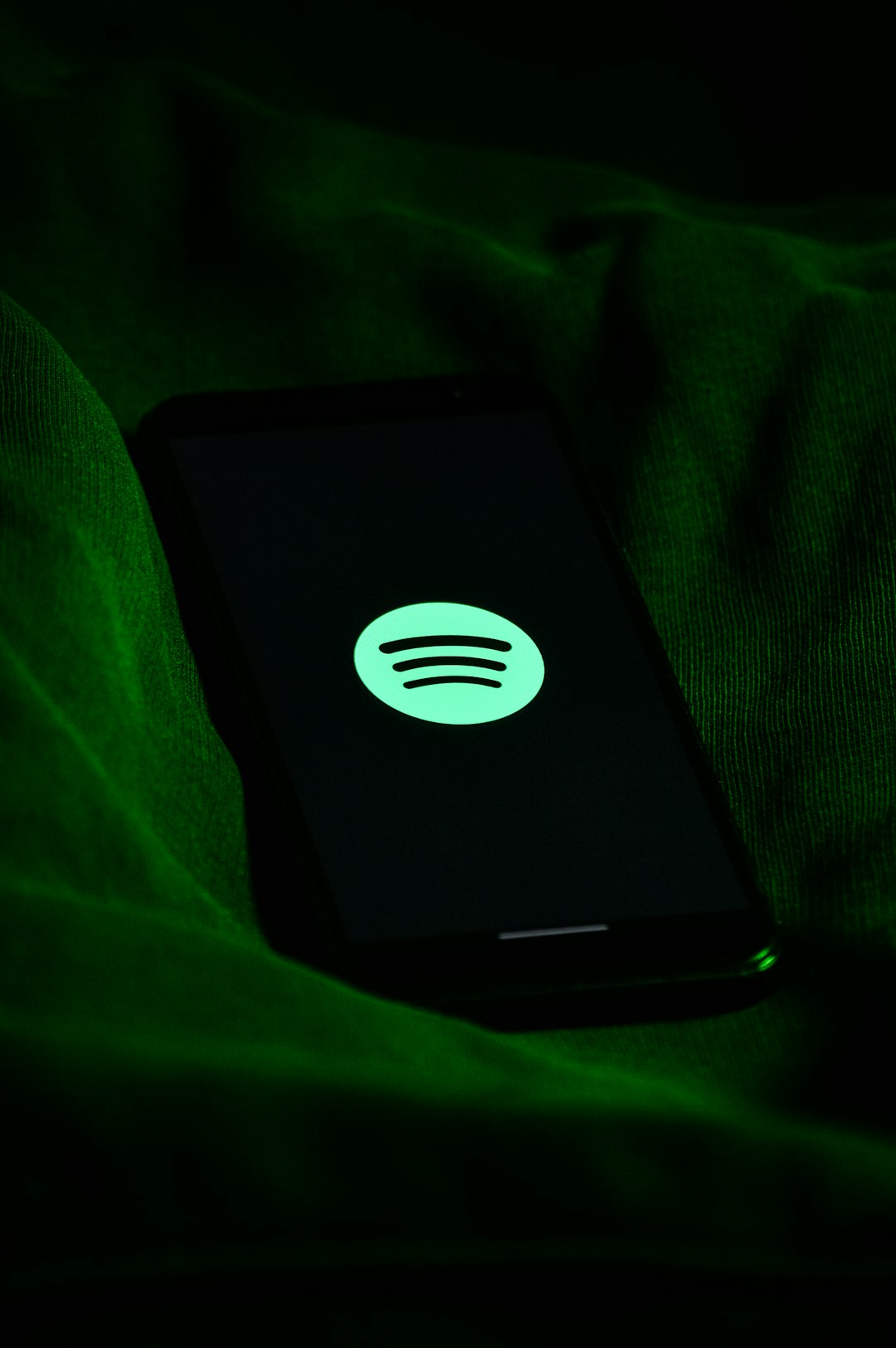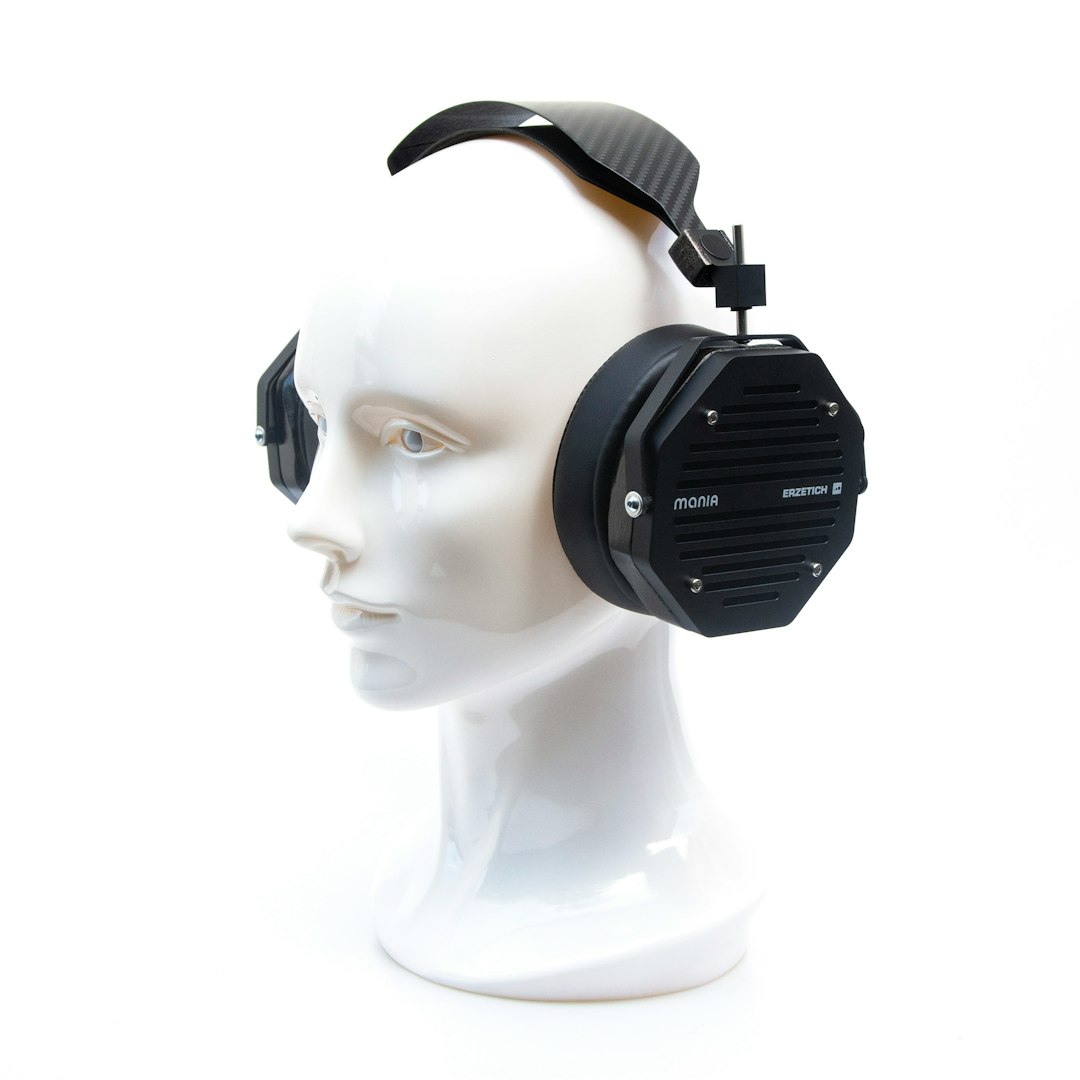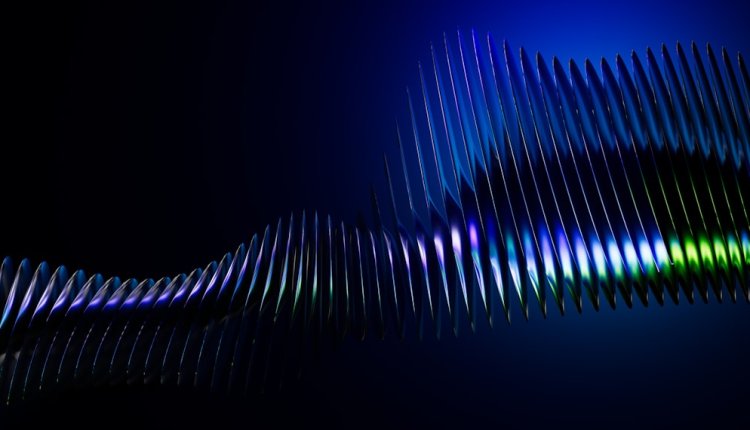Digital Signal Processing (DSP) in Plain English for Music Fans
Have you ever adjusted the bass on your favorite song, added a reverb effect to a recording, or marveled at how your headphones cancel outside noise? If so, then you’ve already experienced the magic of Digital Signal Processing, or DSP, in action. DSP is everywhere in modern music, from the recording studio to the earbuds in your pocket. But what exactly is it, and why is it so important? Let’s break it down in plain English for music lovers.
What Is DSP?
At its core, Digital Signal Processing is the art and science of taking audio signals—like your voice or a guitar riff—and manipulating them using a computer or specialized hardware. These manipulations can include filtering out noise, boosting certain frequencies, adding effects like echo or distortion, or even compressing the file size without losing quality.
In traditional analog recording, these changes would be made using physical circuits and knobs. But with DSP, everything happens in a digital format, which means:
- More control over sound shaping
- Improved audio quality
- Ability to replicate the same settings across different projects
In music production, DSP helps create cleaner mixes, enhance vocals, and ensure that your music sounds great on all kinds of speakers and headphones.
How Does DSP Work?
Imagine a sound wave entering your computer through a microphone. This sound is initially analog, meaning it’s a continuous wave. But computers can’t understand analog—they need numbers. DSP begins by converting this analog wave into a series of numbers through a process called analog-to-digital conversion (ADC).
- Sampling: The sound wave is measured thousands of times per second (commonly 44,100 times or 44.1 kHz for CD quality).
- Quantization: Each of these samples is assigned a numeric value.
Now that your sound is a stream of numbers, DSP algorithms can go to work processing it. The final result is then converted back to analog through digital-to-analog conversion (DAC) so your speakers can play it back.

DSP in the Studio
If you’ve ever used software like Pro Tools, Ableton Live, or FL Studio, then you’ve interacted with DSP extensively. Every time you apply an effect plugin or use an equalizer, DSP processes your audio in real time.
Some examples of DSP in the studio include:
- EQ (Equalization): Adjusting frequencies to boost the bass, tame harsh mids, or brighten the treble.
- Reverb and Delay: Adding space and depth to the sound, simulating anything from a small room to a huge cavern.
- Compression: Controlling volume dynamics so soft sounds are louder and loud sounds are softer.
- Pitch Correction: Also known as “Auto-Tune,” it corrects or stylistically changes a singer’s pitch.
Modern studios rely heavily on computer-based DSP systems, which offer incredible flexibility and save countless hours compared to the analog methods of the past.
DSP in Headphones and Speakers
DSP doesn’t just live in studios—it’s also in your listening devices. Modern headphones, especially high-end models and those with noise cancellation, use DSP to enhance your listening experience.
Here’s how:
- Noise Cancellation: DSP chips detect ambient noise through a microphone and create an inverse sound wave to cancel it out.
- Sound Shaping: Enhance bass, adjust stereo imaging, and maintain balance across different volume levels.
- Volume Optimization: Some DSPs can lower loud sections or boost quieter ones automatically, ensuring consistent listening levels.
Devices like smart speakers (e.g., Amazon Echo or Apple HomePod) also use DSP to adapt to the room’s acoustics, making sure your music sounds good no matter where the speaker is placed.
DSP and Music Streaming Services
Have you ever wondered how Spotify can deliver high-quality audio while keeping file sizes small? That’s DSP at work again. Streaming services use DSP algorithms to compress music in formats like MP3, AAC, or Ogg Vorbis, reducing the file size with minimal impact on sound quality.
In addition, DSP is used to normalize volume between songs, create crossfade transitions, and tailor audio to your device—all automatically and seamlessly, without you even noticing.

Benefits of DSP for Music Fans
For casual listeners and audiophiles alike, DSP offers a ton of advantages:
- Consistent Sound: No matter the device or environment, DSP helps music sound its best.
- Customizable Experience: Tailor sound with EQ presets, loudness settings, or spatial audio options.
- Access to Smart Features: Enjoy noise cancellation, 3D audio, and real-time audio enhancements.
Even if you’re not a producer, DSP ensures your favorite tracks always hit the right note.
The Future of DSP in Music
As technology advances, DSP is becoming even more powerful and intelligent. Machine learning models are being used to analyze and enhance sound in real time. Imagine headphones that learn your preferences and automatically adjust each song to sound exactly how you like it.
We’re also seeing DSP play a huge role in immersive audio formats like Dolby Atmos and 360 Reality Audio. These technologies use DSP to position sounds in a three-dimensional space, creating a more engaging and lifelike listening experience.

Whether you’re listening to lo-fi beats on the subway or watching a symphony in VR, DSP is shaping the sound of the future.
Conclusion
Digital Signal Processing might sound like a complex topic, but at its core, it’s all about making music sound better. From the moment a song is recorded to the instant it hits your ears, DSP is there—quietly working behind the scenes to clean, enhance, and deliver audio that moves you.
So the next time you tweak your bass settings or turn on noise cancellation, remember: you’re not just adjusting a button—you’re activating a world of sophisticated technology designed to bring you closer to the music you love.
Frequently Asked Questions
- Q: Do I need to understand DSP to enjoy music?
- Nope! DSP works in the background. You don’t need to be an expert to benefit from it—just press play.
- Q: Can I use DSP tools at home?
- Absolutely! Many music apps and home audio systems let you adjust DSP settings like EQ, spatial audio, and compression.
- Q: Is DSP only used in music?
- No. DSP is also used in telecommunications, medical imaging, radar, and more. But in music, it’s focused on sound enhancement and clarity.
- Q: What’s the difference between analog and digital processing?
- Analog uses physical components to process sound, while digital (DSP) uses math and algorithms to do the same—often with more precision and flexibility.
- Q: Will DSP make my music sound artificial?
- Not necessarily. While DSP can dramatically change audio, many tools aim to enhance natural sound rather than alter it unnaturally—unless you want that effect!

Comments are closed.